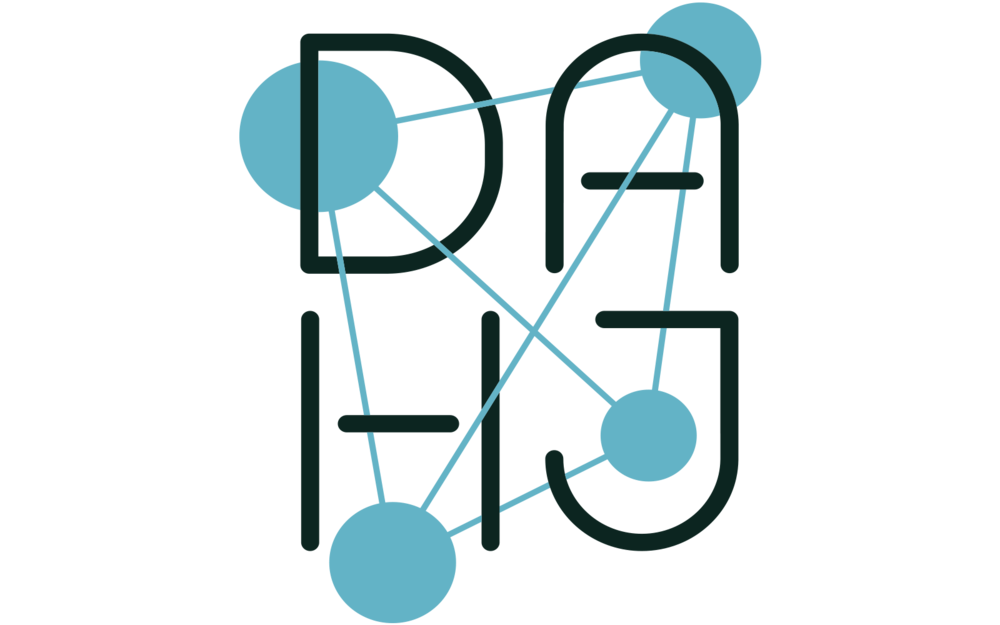Abstract
Art History is much more than a discipline of flat, 2D images. Even digital image atlases and metapictures often surpass the limitations of arranging the large image sets on x- and y-coordinates by adding the z-axis—thus, creating a three-dimensional space in which a more complex relational network can be visualized and navigated. With the third issue, then, it is fitting to focus on the third dimension in Art History, and the digital realm that continues to mediate and transform it.
Authors
Harald Klinke
is co-founder and editor of DAHJ. He is Assistant Professor at the LMU Munich and responsible for the Ph.D. program "Digital Art History". He holds a Ph.D. in Art History and a Master in Business Informatics and has been a Visiting Scholar at Columbia University and researcher at Volkswagen.
Liska Surkemper
is co-founder and editor of DAHJ. Previously, she has worked as Research Assistant in Architectural and Cultural Theory at the TUM Munich from 2014 to 2017. From 2010 until 2014 she coordinated a digital humanities project at the University of Arts and Design Karlsruhe, funded by the German Federal Ministry of Education and Research (BMBF).
Justin Underhill
is editor of DAHJ. He also runs the Visualization Lab for Digital Art History at UC Berkeley. He has held postdoctoral fellowships in digital humanities at UC Berkeley and the University of Southern California. His research interests include 3D data capture (photogrammetry and laser scanning), modeling and rendering as tools for reconstruction and simulation, VR/AR, and projection mapping.

